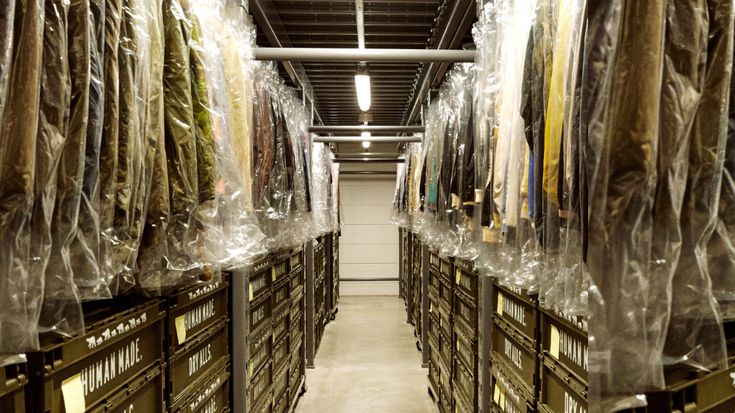Curate Yourself
- Brimmer Morrison
- Apr 16, 2022
- 3 min read
Fashion archives have grown to be a highly influential part of the fashion world as we know it today. With Instagram Tumbler and other sights, there are more fashion archives available to the public than ever before. However, one of my issues that I came across when entering the fashion world was navigating these fashion archives that they only featured insanely expensive pieces from high end designers and brands. As a historian who works with a range of archives, I think the fashion industry and lovers of fashion should take up some of their own archival work for their own pieces that they like, no matter the price or exclusivity of the item. Whether it be a three-dollar shirt you got from Goodwill, or your grandma’s vintage coat that was tailored just for her, a personal archive, or simply a well curated wardrobe is both sustainable and helps develop a deeper understanding of your own personal expression. A personal archive like that of Nigo is vast and literally has temperature controlled warehouse to store everything. You do not need some wild storage unit to start curating yourself.
Although transitioning to and from college, traveling and just not having a lot of resources to buy clothes makes archiving for yourself difficult, it can be done. One of the first lessons is simply to be more careful with the clothes you want to keep. Read the washing and drying instructions on the tag, go to a dry cleaner if need be. This alone will prolong the life of your garments, especially if you wear the pieces you want to archive a lot. Do your due diligence folding, ironing, and hemming your clothes when they break or tear, this way you won’t throw away or get rid of said T-shirt that you’ve had since you were in fourth grade.
My second piece of advice is to think long term; even more than just a couple years out. Think: am I going to wear this in five years’ time? I know we can all go overboard when our favorite boutique has a sale, or you find a thrift shop that has collections of the coolest, cheapest denim jackets that you have ever seen. Touch the fabric, what is it made of. Different years, makes and manufacturers use different qualities of textiles. For T-shirts for example, knowing differences between Gildan and Hanes levels in quality can be the difference between having that shirt for another 10 years and it ripping as soon as you bump into someone at a house show. Researching brands, you like also helps with this. What years did the brand make high quality garments. Getting Carhartt made in USA will typically last you much longer than Carhartt made in other countries.

My last piece of advice is to take photos of your clothes and connect with the pieces you own! As odd as many personal blogs and Instagram pages are, they are an amazing and easy way to document and archive your own pieces. Sharing vintage pieces, heirloom items as well as clothes you have spent your hard-earned money on is how fashion becomes democratized and ultimately more sustainable.
Personally, I have started to collect graphic T-shirts for some time now. My parents kept a lot of their clothes from times of old and there is some yellowing of the collars, or an odd stain here and there and certainly tiny holes galore. But ‘the shirt,’ has been through a lot. ‘The shirt,’ should not be underestimated. Moreover, collecting items and keeping them safe even when not in use, means that if trends come back, you can use those same pieces you bought years earlier. If I had known Kanye and Gap were going to have a collaboration in 2022, I would have protected all my kids GAP shirts. Starting your wardrobe can be an effortful endeavor. For that reason, I wrote this article mainly for people wanting to get into fashion archiving and those who are just now starting to collect clothes they love and want to get more into their own style and influences. Personal curation and archiving may be intimidating words but an archive can be pretty much anything containing preserved material. Plus… it is kind of fun to have a cool shirt you can reminisce in and tell your friends you pulled it out of your archives.






Comentarios